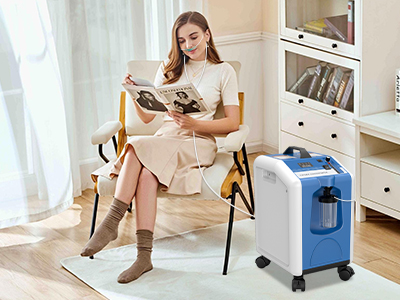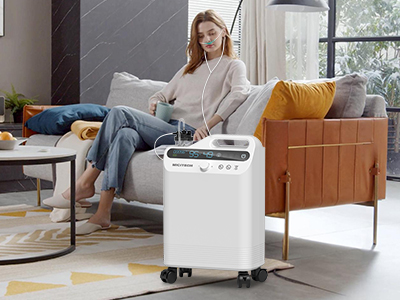22 Sep 2025
Breathing may be instinctual, but when the lungs stage a rebellion, oxygen therapy steps in as the peacemaker. At home, it’s not just about plugging in a machine and hoping for the best—it’s about orchestrating an environment where the therapy becomes seamless, safe, and dare we say, comfortable. Here’s a full breakdown of what’s essential for successful oxygen therapy at home.

The Right Equipment for the Job
First things first: no equipment, no therapy. The cornerstone is, of course, the oxygen concentrator—your humming, whirring lifeline that pulls oxygen from the air and delivers it in concentrated form. Depending on your needs, this might be a hefty stationary model or a sleek portable unit that looks suspiciously like carry-on luggage.
Then there’s the supporting cast: nasal cannulas, oxygen masks, and extension tubing. These may look like props from a low-budget sci-fi film, but they’re the vital conduits between the machine and your lungs. Don’t underestimate the importance of quality here; flimsy tubing that kinks at the wrong moment can feel like someone’s shut off the air supply during a sneeze.
Comfort Items to Improve Compliance
Let’s face it: nobody enjoys having plastic tubing hugging their face 24/7. But comfort can transform compliance from begrudging to automatic. Soft, cushioned cannulas are worth their weight in gold, saving tender ears from the indignities of tubing-induced grooves.
Humidifiers can also be a game-changer, preventing the Sahara Desert sensation that dry oxygen sometimes delivers. Even something as simple as strategically placed tubing clips can keep you from doing the “cord shuffle” around the living room like you’re dodging tripwires in a spy movie.

Safety Measures to Protect the Household
Oxygen itself isn’t explosive, but it does turn your home into a bit of a tinderbox. That means candles, open flames, and enthusiastic fireplace sessions are out. Posting “No Smoking, Seriously” signs may sound dramatic, but it can prevent Uncle Bob from sparking up a cigar during Sunday dinner and accidentally reenacting a Hollywood fireball scene.
Keep concentrators well-ventilated, cords untangled, and extension tubing out of footpaths. Think of it as creating a feng shui of safety—balanced, flowing, and most importantly, flame-free.
Maintenance and Supplies You Should Always Have
Machines, like people, need a little TLC. Regular filter cleaning, tubing replacements, and equipment checks keep everything in peak condition. Don’t wait for the dreaded wheeze-thud-silence moment when the machine gives up mid-episode of your favorite show.
Stockpile the essentials: extra cannulas, tubing, batteries, and a backup oxygen source. This isn’t hoarding; it’s preparation. Because when your nose is on strike, the last thing you want is to be rummaging through drawers looking for that one elusive spare cannula.
Creating a Comfortable, Practical Space
The concentrator deserves more than a dusty corner next to the cat’s litter box. Choose a spot with good ventilation, easy access to power, and minimal chaos. Add a comfortable chair, a side table for supplies, and perhaps a small organizer to corral tubing and accessories.
This is not just a medical station—it’s your breathing headquarters. Making it practical and welcoming encourages consistency and helps oxygen therapy feel less like a burden and more like an integrated part of daily life.
Keywords: Oxygen Therapy
Originally published 22 Sep 2025, updated 22 Sep 2025.